At the time of writing this, there have been a few cold clear nights as a reminder that we are now in winter. Out of curiosity, I thought I would check out thoughts I expressed in my August 2015 blog post, 'Thermal Drapes: Do They Work as Insulation?' There I explained the need for curtains to extend beyond the window so as to cover the walls by at least one gathering, with a good overlap at the meeting of each drape. Also, the hem should be in full contact with the floor so as to minimise the flow of heavy cold air into the room. As the air between the curtain and glazing rapidly cools on a cold evening it sinks, and so, if it can leak into the room it is replaced by the hottest air in the room, which is at ceiling level. This is a cycle which is working against the room’s heating system.
After sunset, I closed the curtains in my workroom and had a small heater running intermittently. At bedtime, the temperature was 19°C on the data-logger. I put a second temperature logger on the window sill and checked that the curtains were properly closed. In the morning the room had dropped to 13°C and the single-glazed window temperature was 9°C (it wasn’t a particularly cold morning for this time of year). Yes, this is a very, very un-scientific experiment of just one sample for not a very low lowest temperature, but it does show that there is significant heat retention when curtains are properly fitted. What I now need to do is to, over a period of forecast cold weather, lift the hem say 30 – 50mm and then on alternate nights have it well on the floor. With the hem lifted the cooled air can continually escape into the room.
This experiment is easy for the reader to replicate without having to replace existing curtains. On a cold night, in a room where the curtain hems are near to the floor, with the curtains drawn, feel behind them and remember how cool the air is. Then put a rolled-up blanket, duvet, sleeping bag or similar across the floor to seal the bottom edge of the curtain. Wait for a couple of hours and feel the temperature again. It will be much colder because the air has been held against the glass for longer and so has been able to cool further. Of course, the effect will be much less noticeable with double-glazing but there will still be a drop. I suggest you try it.
Occasionally I hear mumblings of the need for the NZ Building Code to require triple-glazing. Maybe for a ski lodge or a long period of below-zero temperature in Central Otago they might be appropriate, but for most of the country, they are inappropriate. Multi-layer to-the-floor (or a deep window sill) curtains will do the job much better and with added flexibility. A problem with multi-layered glazing units is that while they are good for winter, they also retain the interior heat in summer. Curtains are adaptable; closed when cold, and opening when heat needs to escape.













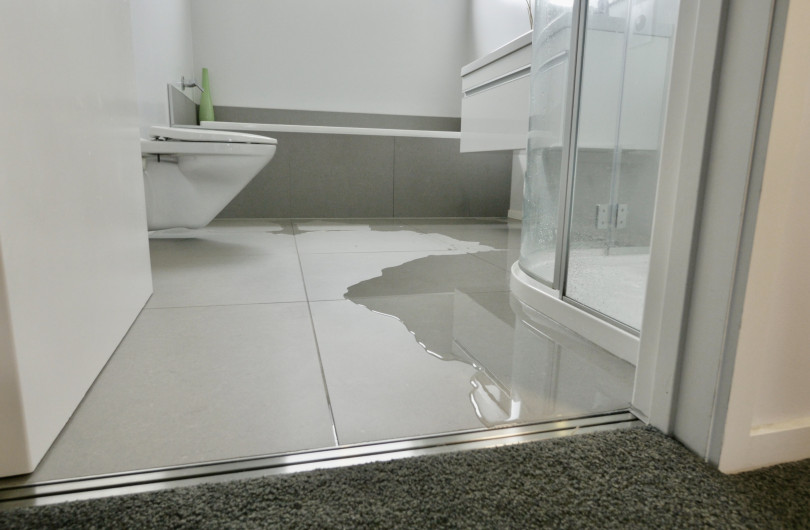
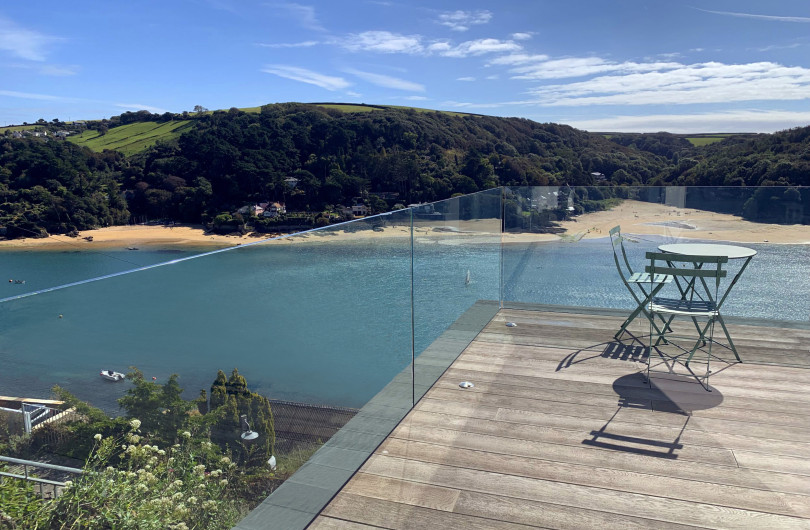

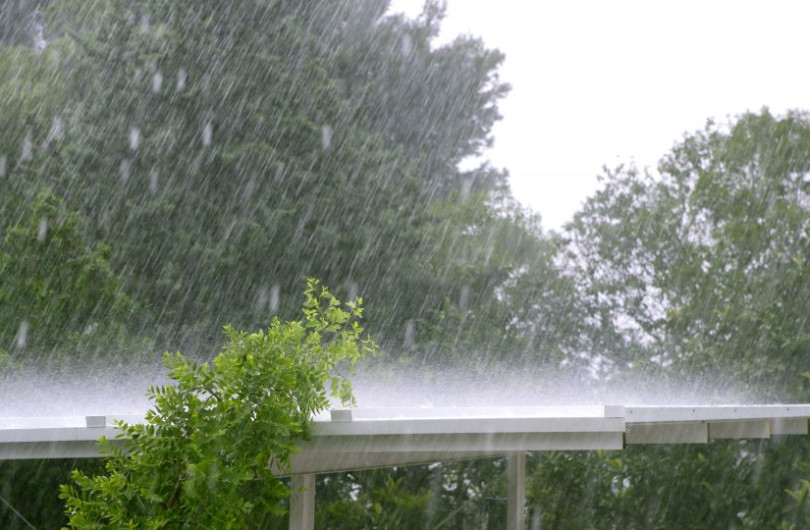

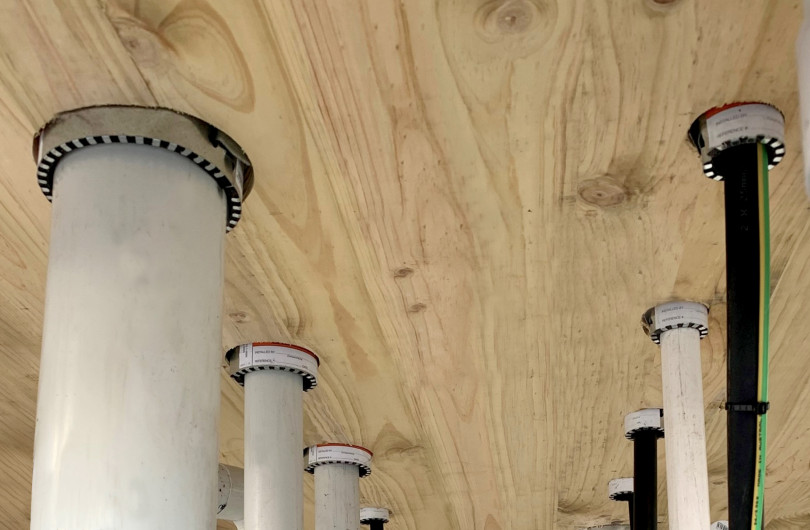

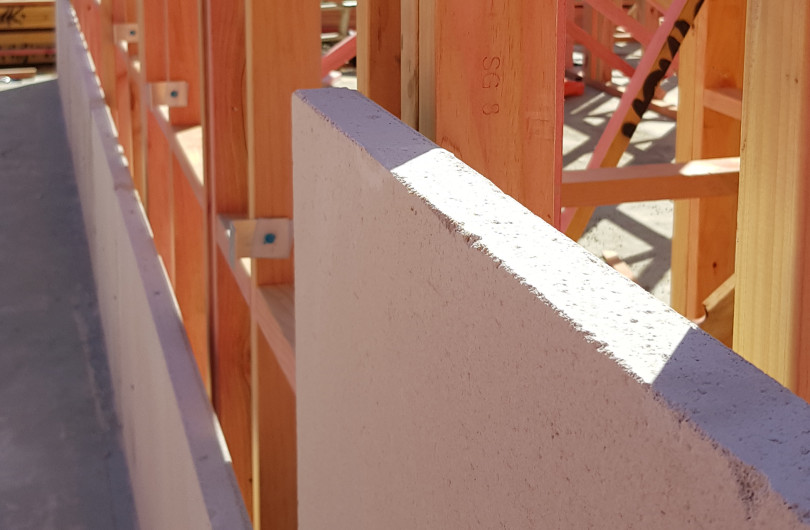








 Most Popular
Most Popular Popular Products
Popular Products



